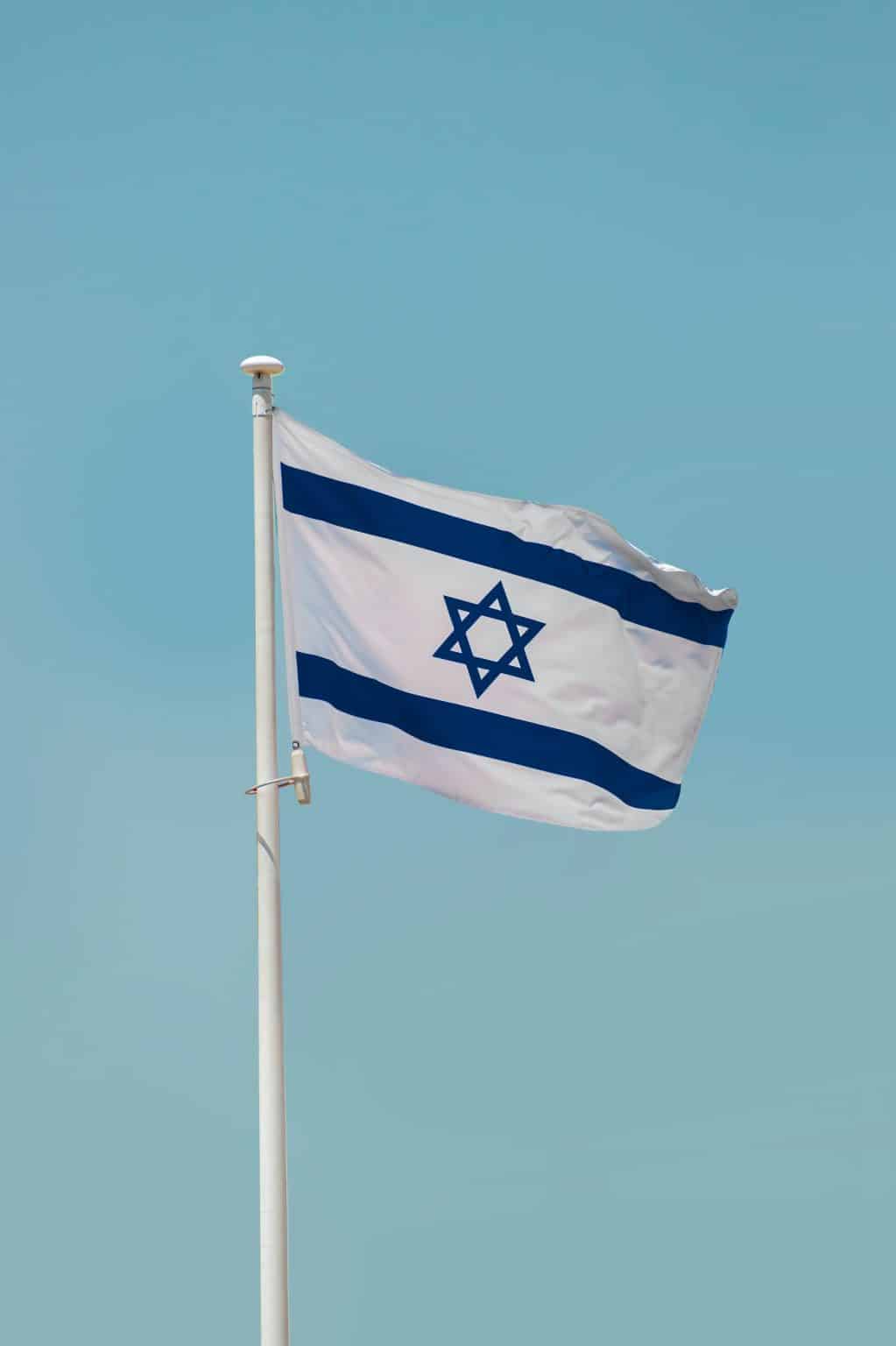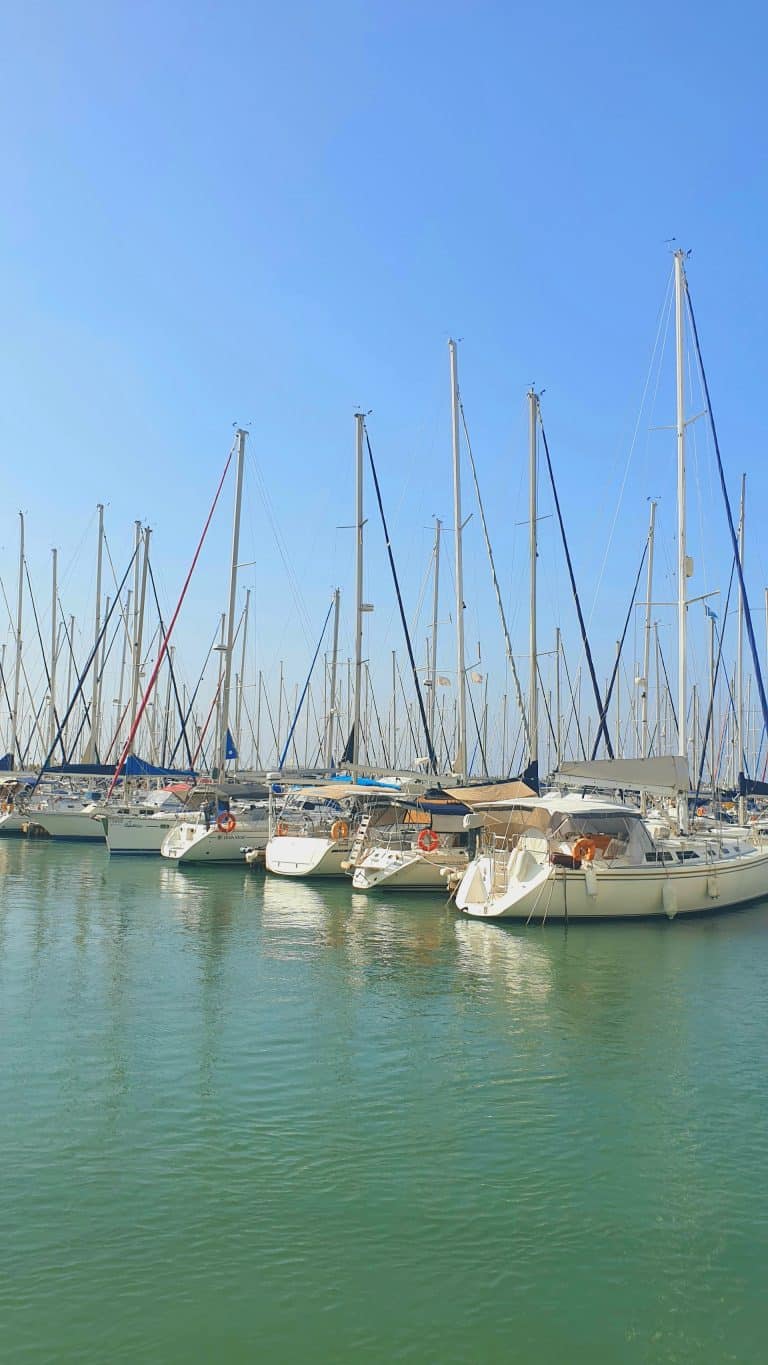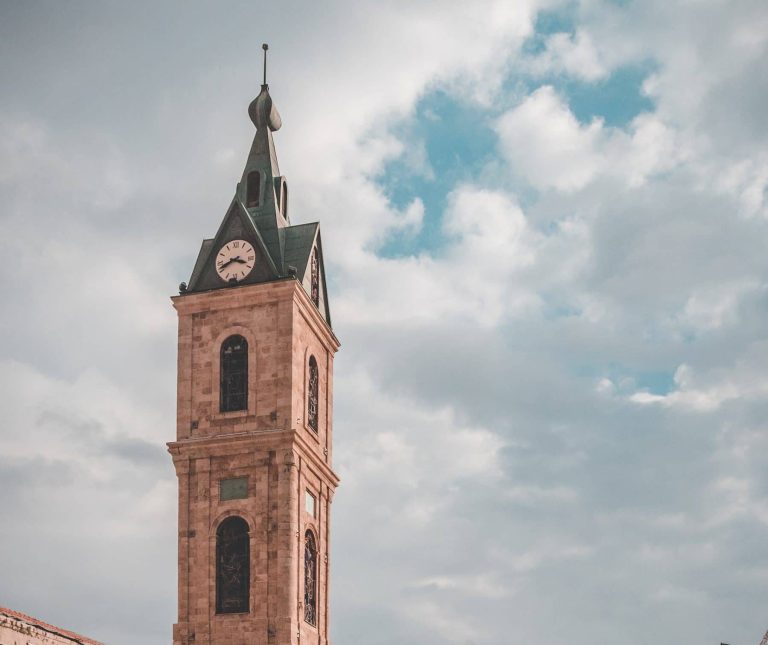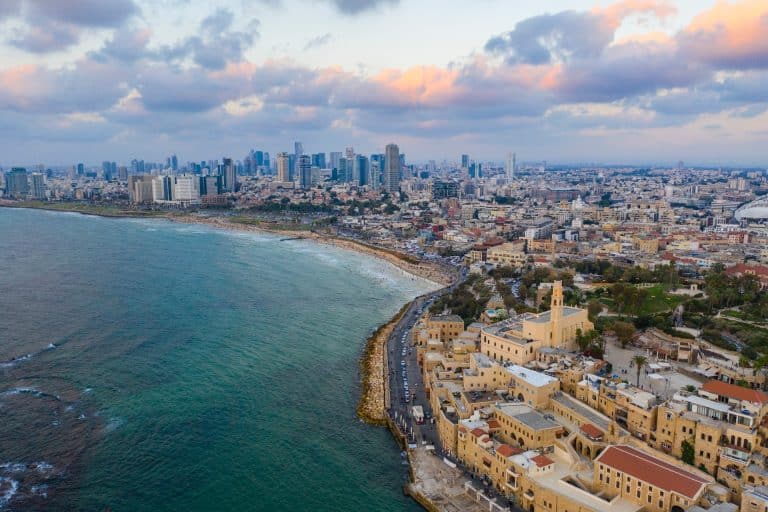Sarona Market is located at the heart of Tel Aviv’s economic center, right next to Israel’s tallest skyscrapers. With a rich history that goes a few centuries back and a popular market with a variety of shopping options today, Sarona is a very nice site to visit in Central Tel Aviv.
The History of Sarona
The agricultural town of Sarona was founded right here in 1871, during the Ottoman Empire’s rule, by the Templars – a group of Protestant Christians from the city of Württemberg in the province of Bavaria, in southern Germany. The Templars shared the millenarian belief that arose in the 19th century, according to which Jesus would return to the Holy Land 2,000 years after his crucifixion, but only if the Land of Israel flourishes and prospers. And so, the Templar sect set out to build the land and help it flourish. As a part of their efforts, In the 70s of the 18th century, the Templars established 4 first colonies in Israel – in Haifa, Jaffa, Sarona, and Jerusalem. The Sarona farmers were especially known for their advanced modern agriculture.
The town was built in the format of a classic German village, in the shape of a cross, along two main streets that crossed each other. A few dozen houses, built of local limestone, looked as if they had arrived here straight from Germany: single-story houses with a pitched roof, an attic, and a basement. Today, when you look at the congested roads and the huge towers that surround Sarona from almost all sides it is hard to believe that at the beginning of the last century, the Templar town was surrounded by agricultural fields, vineyards, orchards, and olive groves.
At the beginning of 1933, after Hitler came to power in Germany, he was supported by the Templars, who made Sarona the center of the Nazi Party in Israel. In September 1939, with the outbreak of World War II, the British declared the German Templars as enemies and turned Sarona into a detention camp for its residents. During the war, the British deported some of the detainees to Australia and others were replaced by Jews refugees who just fled from Europe.
Sarona today
Today, you can see the remaining 33 houses from the Templar colony here, as each building has its own unique story. Those include old wineries, community houses, an Oil Mill, and more, as every house is designed in a beautiful classic style, giving the area a unique atmosphere. Some of those old houses host modern galleries, shops, and restaurants today, offering stylish shopping and dining options.
Things to do in Sarona
Enjoy the multicultural cuisine
In the indoor Sarona Market, you can find great international food at a high level. With options like Kebabs and Focaccias, great ice cream, and several beloved restaurants, the market is a foodies’ paradise and a great place to get relatively affordable food in Central Tel Aviv. Pro tip: get a takeaway and sit outside, for a great picnic nearby the historical buildings.
Immerse yourself in history at the Sarona Visitor Center
This is Sarona’s museum, where you can learn the history of the complex through various photos and exhibits.
The middle floor of the museum is dedicated to the Sarona Colony from its inception until the deportation in 1941 and includes a “dark room”, which tells the story of the Nazi phase of the town. The upper floor was dedicated to the “Kirya”, the large military base located near the complex, which used to host official government buildings during Israel’s War of Independence. Finally, the basement floor serves as an archaeological museum, which displays findings from the Sarona houses, showing the daily life in the settlement, from an old washing machine to the clock mechanism that was on the community center.
Visit the Winery
The Sarona winery was built in 1891 in the southern part of the town. The elongated building, built of kurkar stone, has two gables in the tiled roof and round windows through which light penetrated. Two cellars were dug under the winery, where the wine was aged in large wooden barrels. Wine production was the main agricultural branch in Sarona until the beginning of the 20th century and the winery produced no less than 50 thousand liters of wine per year.
An underground tunnel, which was only discovered in 2009, connected the winery to the cellars of the distillery where the bottles were filled. In this building, the foundations for the Israeli Air Force were laid – during the War of Independence, 20 old airplanes were transferred to the cellars of the winery in a secret operation, from which 14 Auster airplanes were assembled, and the Spitfire, the Israeli Air Force’s first fighter aircraft, was assembled in the winery yard.





